Country and County: Gwynedd
The following story appeared in Elias Owen’s ‘Welsh folk-lore’ (1887). ‘Near Pentrevoelas lived a man called John Ty’nllidiart, who was in the habit of taking, yearly, cattle from the uplands in his neighbourhood, to be wintered in the Vale of Clwyd.
The following extract concerning a ghost in Gloddaeth Wood (now Coed Gaer) appeared in ‘Welsh folk-lore: a collection of the folk-tales and legends of North Wales’ (1887) by Owen Elias. He obtained the story from Rev. Owen Jones of Pentrevoelas who was had received a first hand account from Thomas Davies of Tycoch, Rhyl, who appears in the tale.
Caer Leb is a rectangular shaped earthwork with double banks and ditches. It measures approximately two hundred feet by one hundred and sixty feet, so it is quite a large site. A 3rd Century brooch and a 4th Century denarius along with some Roman pottery and Iron Age quern stones have been found at Caer Leb.
The Church of St Llechid is a Grade II listed building. Built to replace a much earlier 15th century church, the building dates from 1844. There is a siting legend relating the building of original St.
The remains of the Neolithic (4000-2000BC) Bodowyr Burial Chamber, consist of a capstone (seven feet by six feet) resting upon three uprights (making a Cromlech). Located northwest of the village of Brynsiencyn, in a field, the chamber is fenced off.
Access is via the B4419 near Llangaffo and a CADW signpost indicates the location.
The Bodewryd standing stone is approximately between eleven and twelve feet tall, and stands alone in a field on the Plas Bodewryd Estate. It is also known as Carreglefn (Smooth Stone), and as Maen Pres (Brass Stone).
The following account entitled ‘The Devil’s Tree by Eglwys Rhos’ appeared in Elias Owen’s ‘Welsh Folk-lore’ (1887). ‘At the corner of the first turning after passing the village of Llanrhos*, on the left hand side, is a withered oak tree, called by the natives of those parts the Devil’s Tree, and it was thought to be haunted, and therefore the young and timid were afraid to pass it
These are two giant standing stones, probably two of the tallest in Wales, standing thirteen feet and ten feet tall. They are situated in a field, and actually form part of the field boundary. The stones were recorded as being part of a stone circle the 17th Century, but the circle was allegedly demolished in 19th Century, by locals looking for buried treasure.
There is much speculation over the age and use of Castell Bryn Gwyn (White Hill Castle). It was not a hillfort, being built on flat land, but excavations in 1959-1960 discovered that the rampart and ditch were similar to hillfort defences. It may have been a Neolithic henge monument, but nevertheless, there has been a long history of occupation at the site.
This island lying off Penmon Point (Trwyn Du) of Anglesey (Ynys Môn) was once known as Priestholm by the Vikings and Ynys Lannog by the Welsh. A charter from 1238AD refers to the canons of the Isle of Glannauch, another name for the island.

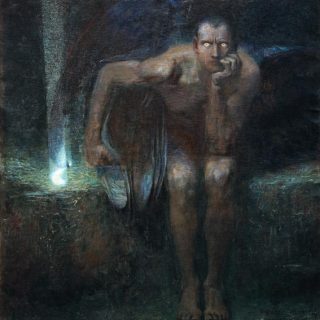
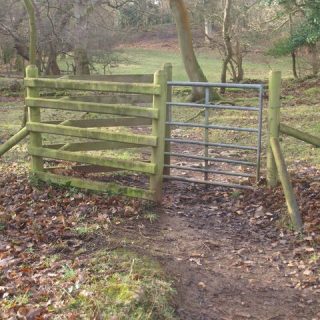
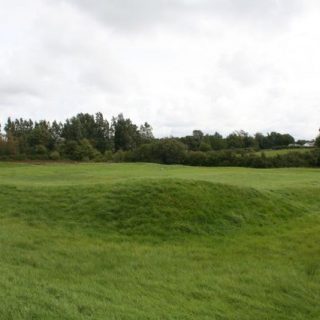
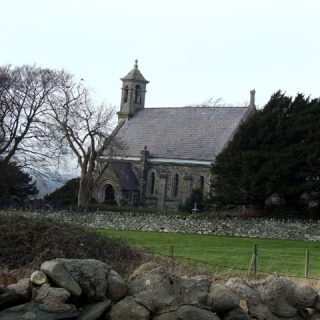
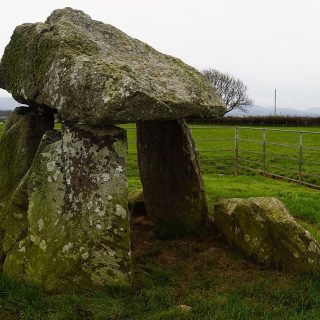
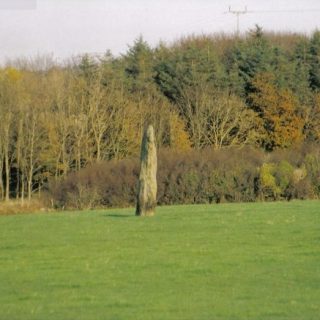
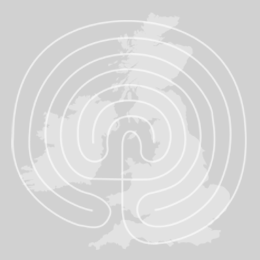
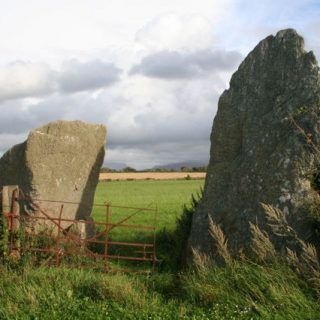
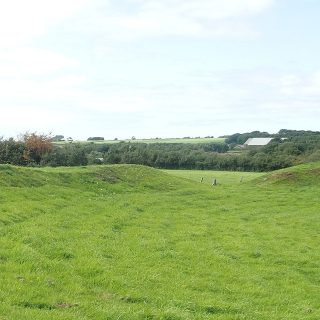
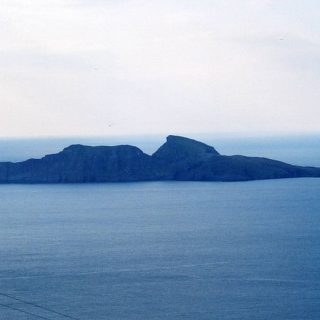
Recent Comments